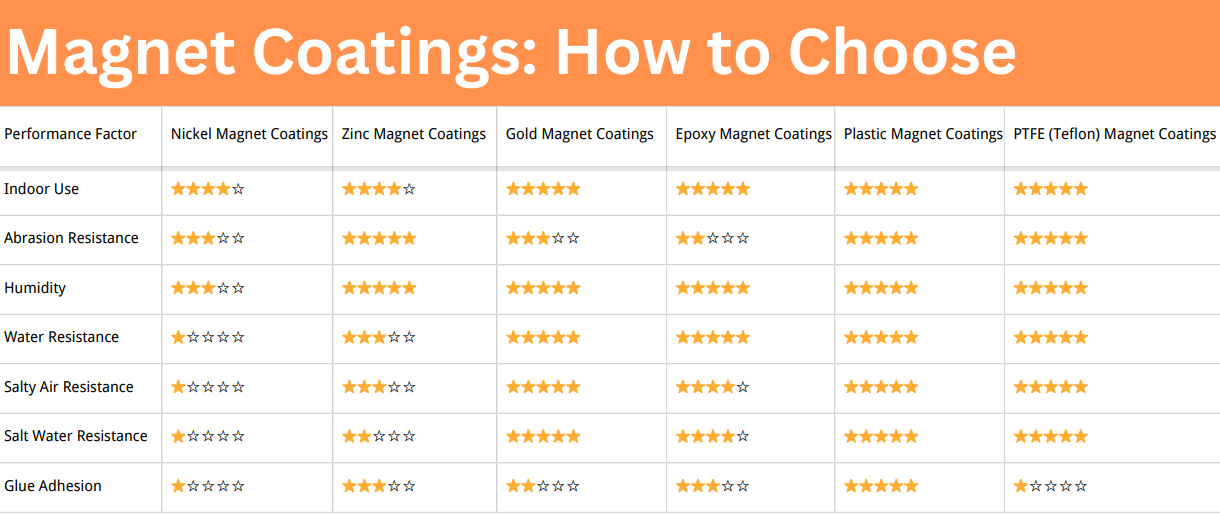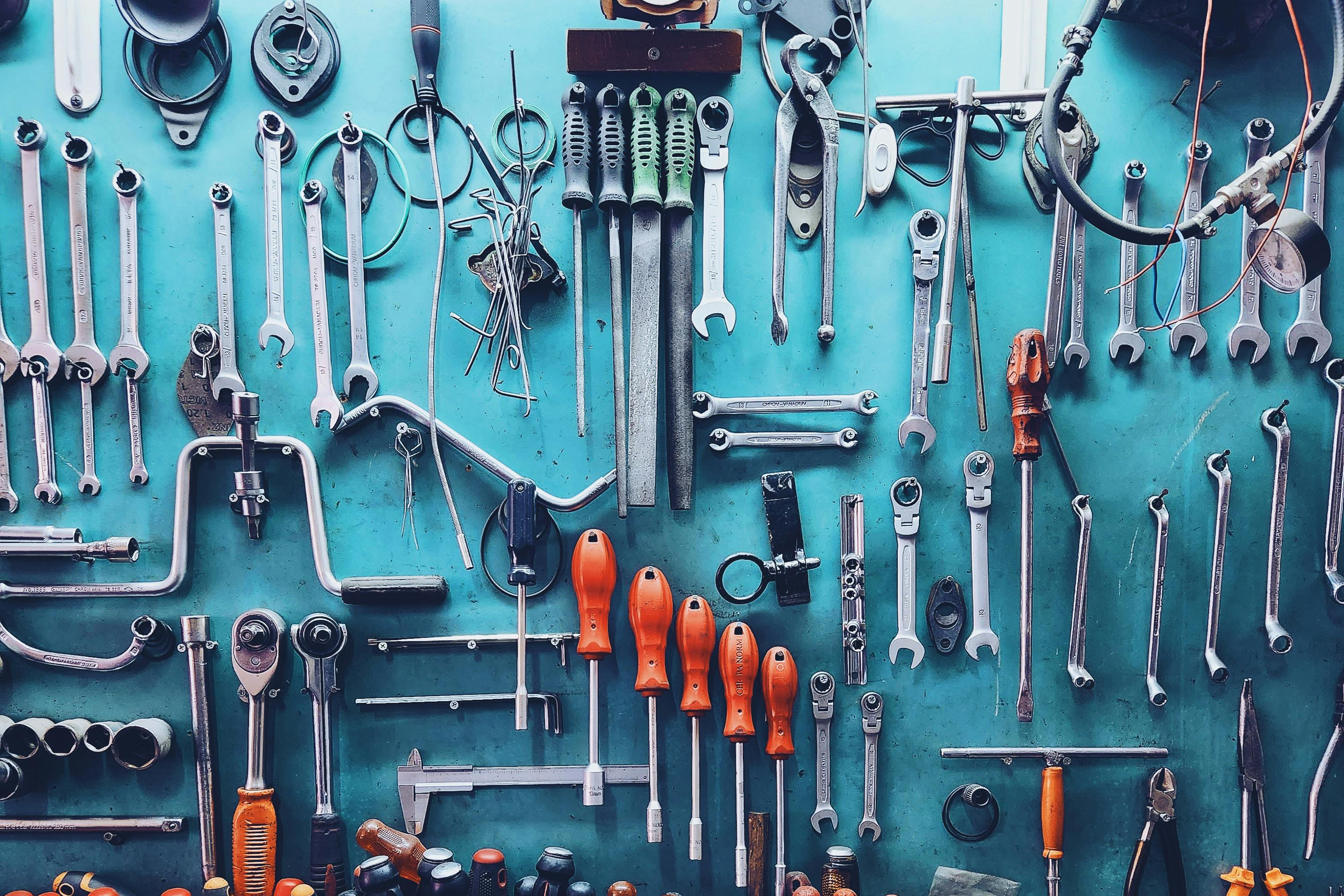An Introduction to Different Types of Permanent Magnets
Permanent magnets occur in varieties. They are used for different applications depending on the different types available. In this article, we'll review the major types of permanent magnets and their properties. Permanent magnets are generally classified according to the following categories:
Alnico
Starting off the list are Alnico magnets. The name Alnico is obtained from the combination of chemical elements that make up these magnets. Alnico magnets are a composite of aluminum, nickel, and cobalt, hence the name Alnico. They also contain little amounts of other elements, which are included to boost the properties of the magnet. Alnico magnets are known for their good temperature stability. They are also resistant to demagnetization due to shock even though they can easily be demagnetized. These magnets are typically produced in two ways:
- Sintering, which produces greater mechanical characteristics
- Casting, on the other hand, produces higher energy products (up to 5.5 MGOe). This method enables producers to create magnets with intricate shapes.
The two commonly used grades of Alnico magnets are the 5 and 8 grades. They are anisotropic grades and are known to provide for a preferred direction of magnetic orientation. Much recently, Alnico magnets have been replaced in several applications by ceramic and rare earth magnets.
Ceramic
Permanent magnets are also categorized as ceramics (also called Ferrite magnets). Like Alnico, Ceramics consist of some elements and compounds, such as iron oxide and barium or strontium carbonate. These exist as a composite, forming the magnets. Ceramic magnets are produced by pressing and sintering. They are more abundant and readily available since they're cheaper than other types of materials used in making permanent magnets. Ceramic magnets are brittle and require diamond wheels, especially if grinding is required during production Ceramic magnets are also made in these different grades:
- Grade 1 is an isotropic grade possessing equal magnetic properties in all directions.
- Ceramic grades 5 and 8 are anisotropic grades like some Alnico magnets.
Note that anisotropic magnets exhibit magnetization in the direction of pressing. Because of this anisotropic method, the ceramic magnets offer products with the highest energy products (up to 3.5 MGOe). Other properties of ceramic magnets include a good balance of magnetic strength, resistance to demagnetizing, affordability.
Samarium Cobalt
Samarium cobalt belongs to the category of permanent magnets known as rare earth magnets. Its main properties include:
- Strong resistance to oxidation
- Superior magnetic strength, meaning they're not easily demagnetized,
- High-temperature resistance than Alnico and Ceramic magnets.
Based on their production, Samarium cobalt magnets are divided into two different groups: Sm1Co5 (commonly referred 1-5) and Sm2Co17 (2-17). The energy product range for the 1-5 and 2-17 series is 15-22 MGOe and 22-32 MGOe, respectively. Among the rare earth magnets, Samarium cobalt is more popularly used because of its attractive temperature property. They can withstand high temperatures of up to 572° F. They're costly and mostly used in situations where high temperatures and corrosion resistance are critical considerations. Note that sintered samarium cobalt magnets are brittle and prone to chipping and cracking. In fact, they may fracture when they're exposed to thermal shock.
Neodymium Iron Boron
Like Samarium cobalt above, Neodymium Iron Boron (NdFeB) is a different type of rare earth magnet. It contains a composite of neodymium, iron, and Bron elements This magnetic material does have similar properties as Samarium Cobalt magnets, only that it has less temperature resistance and is more easily oxidized than Samarium cobalt. But that's not all about them; NdFeB magnets have the highest energy products (up to 50MGOe). They are more expensive than other permanent magnets and are mostly applied for very selective applications.
 History and Uses of Neodymium Magnet
History and Uses of Neodymium Magnet
The high energy yield of Neodymium Iron Boron (NdFeB) makes them a priceless piece on the market. They are also used in compact designs for innovative applications and lower the cost of production. Unlike the others, keep in mind that NdFeB magnets are highly corrosive. To enable the use of these materials in many important applications, surfaces treatments gold, nickel, zinc, and tin plating and epoxy resin coating have been developed.
Injection Molded
Injection-molded magnets consist of resin and magnetic powders of different materials making the production of parts in an injection molding process possible. In the production of injection molded magnets, the amount of energy produced in the final materials is determined by the magnetic powders used during the fabrication. The molding makes it possible to achieve complex shapes. But these types of magnets are typically lower in magnetic strength since there are limitations to the degree of loading.
Flexible Magnets
Like the injection molded magnets are made up of resin and magnetic powder. But they're not exactly the same in properties and composition since they're produced in flat strips and sheets. Flexible magnets have weaker magnetic strengths. They are very flexible depending on the nature of the materials used in the compound, as well as the magnetic powders used. A good example is vinyl, which is often used in this type of magnet as the binder.
Conclusion
Clearly, permanent magnets have different types, which usually inform their applications. Some of them can be enhanced in certain applications to improve the yield of the final product. For more information about permanent magnets, please visit https://www.stanfordmagnets.com/.














